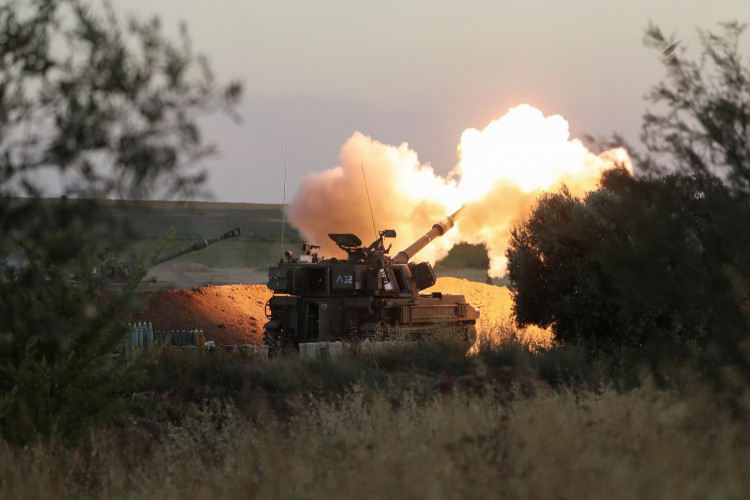Israel has ordered new evacuations in Gaza's southern city of Rafah, forcing tens of thousands more Palestinians to relocate as the military prepares to expand its operation closer to the heavily populated central area. The move comes in defiance of growing pressure from close ally the United States and others, who have expressed concerns over the danger to the more than 1 million Palestinians who have sought shelter in Rafah, half of whom are children, according to UNICEF.
The Israeli military has now evacuated the eastern third of Rafah, considered the last refuge in Gaza, and is moving into an area of devastated northern Gaza where it asserts that the Hamas militant group has regrouped. The United Nations and others have warned that Israel's planned full-scale Rafah invasion would cripple humanitarian operations and cause a disastrous surge in civilian casualties, as Rafah borders Egypt near the main aid entry points, which have already been affected.
U.S. President Joe Biden has stated that he will not provide offensive weapons to Israel for Rafah, and on Friday, the U.S. said there was "reasonable" evidence that Israel had breached international law protecting civilians in the way it conducted its war against Hamas-the strongest statement yet from the Biden administration on the matter. Ophir Falk, foreign policy adviser to Israel's prime minister, responded to the U.S. report, telling the AP that Israel acts in compliance with the laws of armed conflict and takes extensive measures to avert civilian casualties.
More than 1.4 million Palestinians-half of Gaza's population-have been sheltering in Rafah, most after fleeing Israel's offensives elsewhere. The evacuations are forcing people to return north to devastated areas, with aid agencies estimating that 110,000 had done so before Saturday's order, which adds a further 40,000. Rafah resident Hanan al-Satari said, "What should we do here? Do we wait until we all die on top of each other? So we've decided to leave. It's better."
Many people have been displaced multiple times, and there are few places left to go. Some fleeing earlier in the week erected new tent camps in the half-destroyed city of Khan Younis and the city of Deir al-Balah, straining infrastructure. Others are being sent to what Israel has called humanitarian safe zones along the Muwasi coastal strip in Gaza, which is already packed with about 450,000 people in squalid conditions, lacking basic facilities.
Aid workers are struggling to provide assistance to the displaced population, with Georgios Petropoulos, an official with the U.N. humanitarian agency in Rafah, stating that they have no supplies to help people set up in new locations. The World Food Program had warned that it would run out of food for distribution in southern Gaza by Saturday, and aid groups have said fuel will also be depleted soon, forcing hospitals to shut down critical operations and halting trucks delivering aid across south and central Gaza.
Heavy fighting is also underway in northern Gaza, where Hamas appeared to have regrouped in an area where Israel has launched assaults. Israeli Army spokesman Avichay Adraee warned Palestinians in Jabaliya and Beit Lahiya and surrounding areas to leave their homes and head to shelters in the west of Gaza City, stating that people were in "a dangerous combat zone" and that Israel would strike with "great force."
The U.N. agency supporting people in Gaza, known as UNRWA, said about 300,000 people have been affected by evacuation orders in Rafah and Jabaliya, but the numbers could likely be more as they are very built-up areas. Louise Wateridge, UNRWA spokesperson in Rafah, told The Associated Press, "We're extremely concerned that these evacuation orders have come both towards central Rafah and Jabaliya."
Israel's bombardment and ground offensives have killed more than 34,800 Palestinians, mostly women and children, according to Gaza's Health Ministry, which does not distinguish between civilians and combatants in its figures. Israel blames Hamas for civilian casualties, accusing it of embedding in densely populated residential areas.






